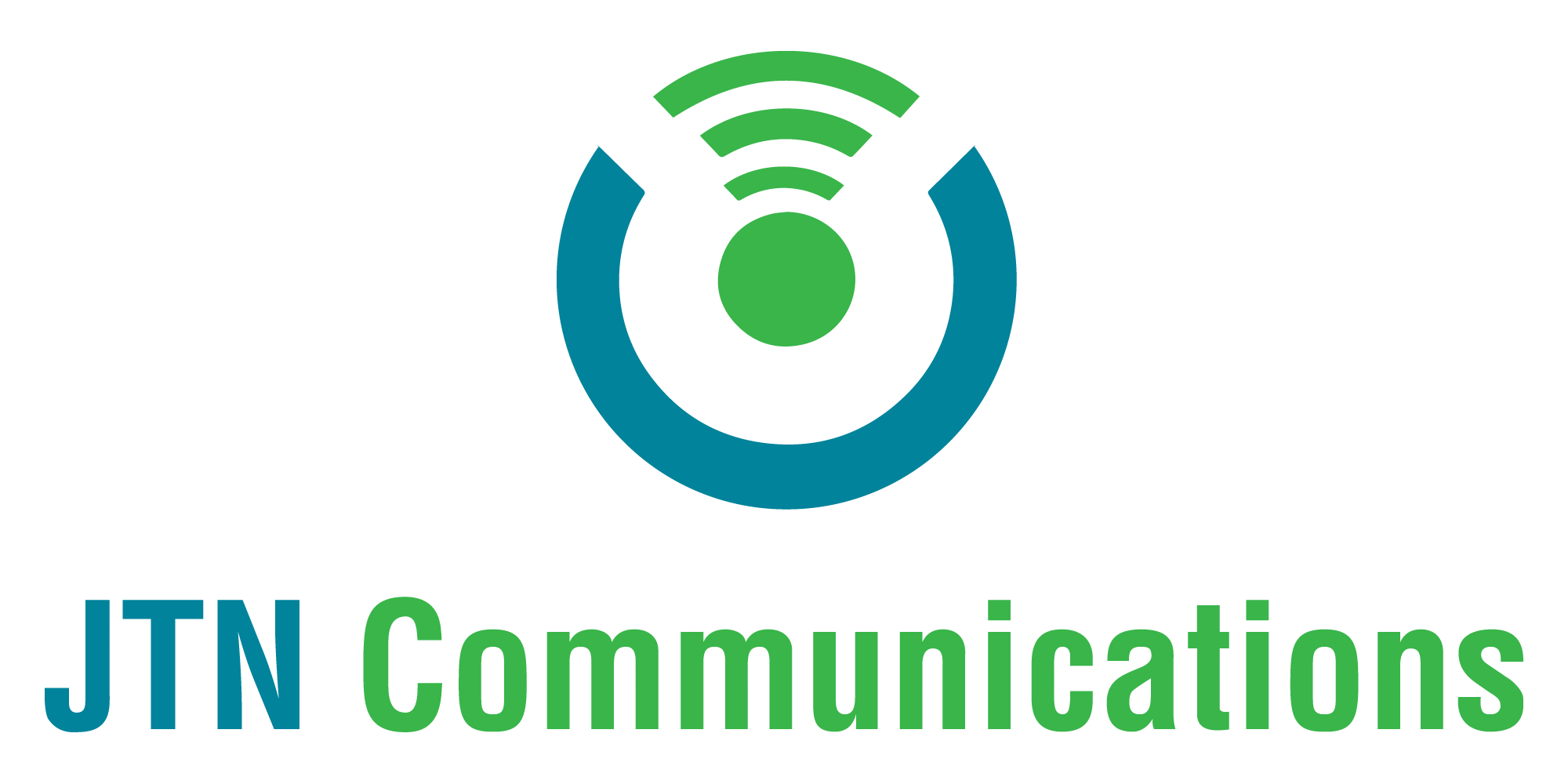The Most Reliable Speed Tests are Via Speedtest.Net/Ookla Apps
Tips to ensure an accurate speed test:
- Any test is only as fast as the remaining bandwidth you are not currently using. Stop all devices from streaming video, downloading updates, or using resources that may interfere with the test. This includes video doorbells, gaming systems, and tablets that you may not be actively using but could be automatically updating on their own in the background.
- Tests completed on popular test sites can be wildly inaccurate. Some test servers, specifically on Google’s speed test servers, are so popular that the bandwidth from their server cannot keep up with the demand for tests. When you test with Speedtest.net apps you can choose the server to test against. Try a couple to see if there is any variation.
- Use an Ethernet connection to a modern computer. Wireless environments in homes can change dramatically as new devices are added or as neighbors change wireless channels. Using a hardwired connection produces an accurate speed test to the receiver on your home if all other traffic is at zero. Turn off your wireless card on your laptop and plug in the ethernet cable to your router.
What do my results mean?
Download – is the capacity of data that your connection can bring in to your home at once. Download does not necessarily mean speed but having more does bring a large file to your home quicker than lower amounts of capacity. If this were compared to plumbing this would be the size of the pipe.
Jitter – is a measure of the distance between packets sent to your device. It is the way we measure irregular fluctuations in your connection. High jitter (measured in milliseconds) leads to choppy phone calls, video chat that is not synchronized with audio, and video gaming lag. A generally accepted range is under 30ms with a low number being better than a high number.
Ping – is a measure of the time it takes for a request to be sent to a server and back. Ping is also referred to as latency and is most noticeable when gaming, VOIP calling, video conferencing, and even web browsing. This is the actual “speed” of your connection. Every connection will have some latency since physics requires those bits to physically travel between two points in space. Generally acceptable latency is under 100ms with a low number being better than a high number.
Upload – is the capacity of data that your connection can send out to a server. This is used when you upload a file to Facebook, when your doorbell uploads a video of the delivery person, or when you are adding items to your cloud storage service like Dropbox or Google Drive.
If you are coming from a satellite internet connection or DSL connection from the local phone company nearly every single metric will improve by significant factors when using JTN’s network.
